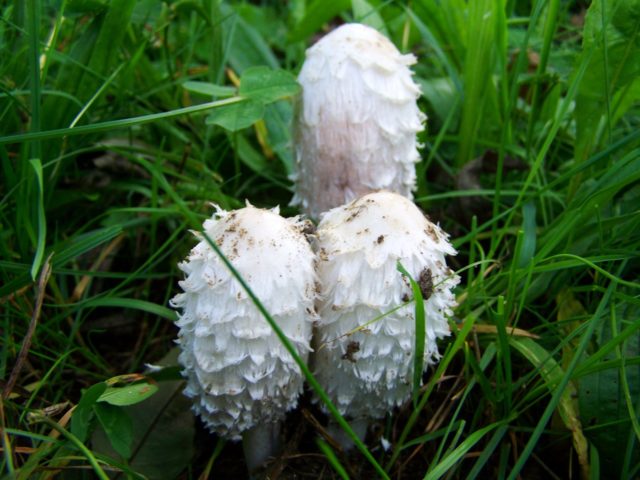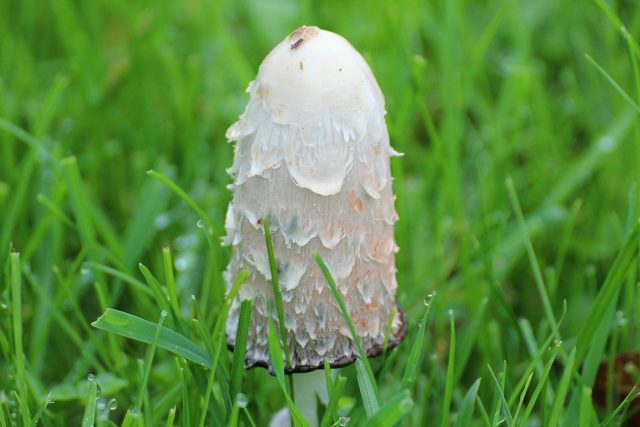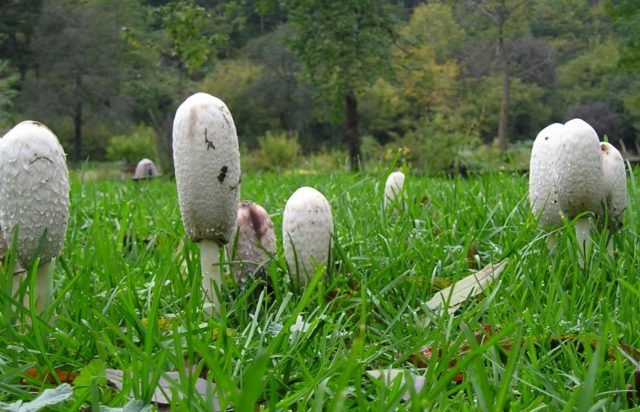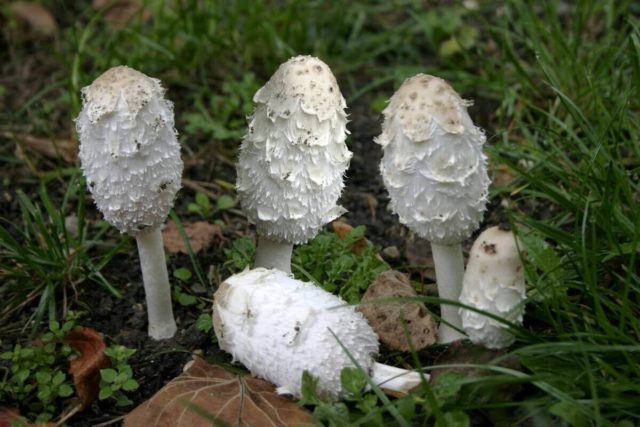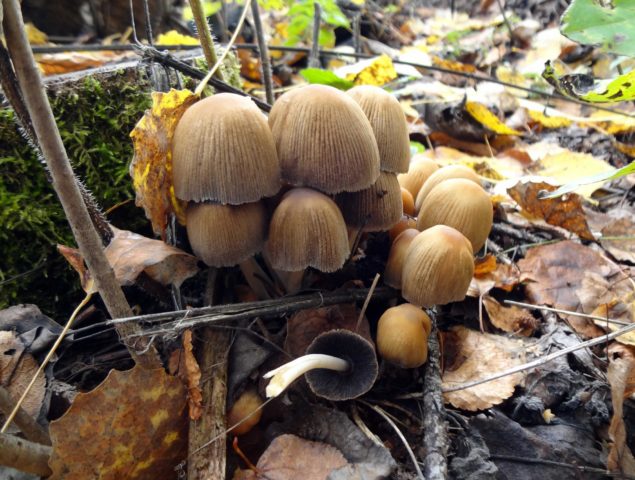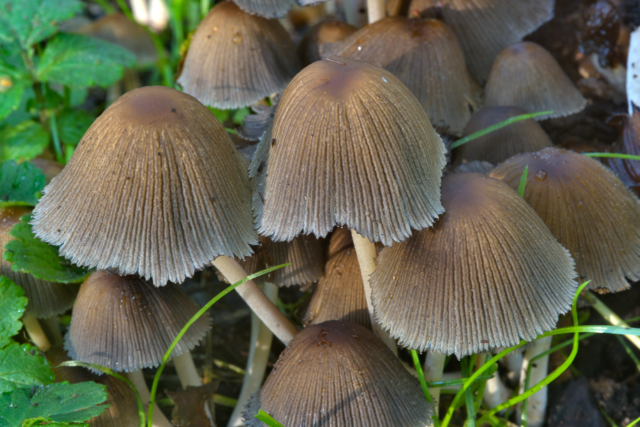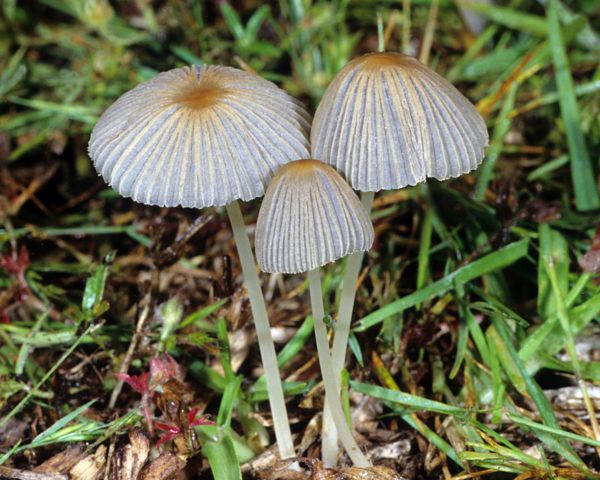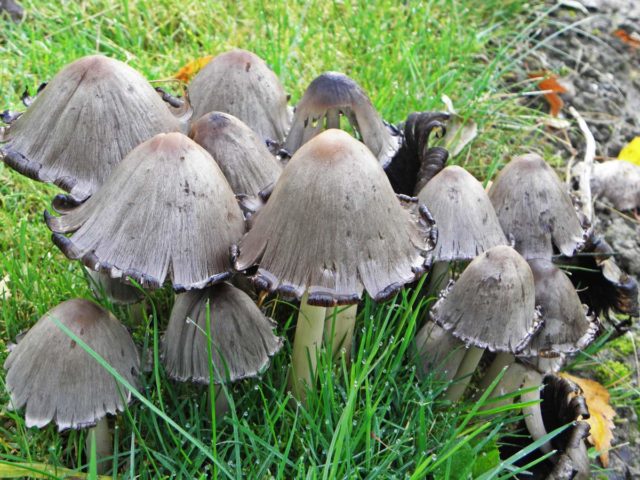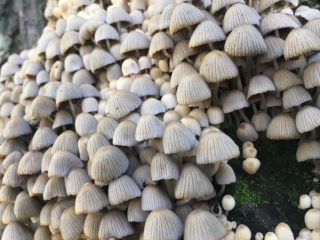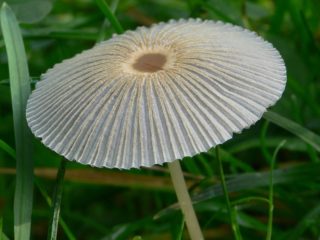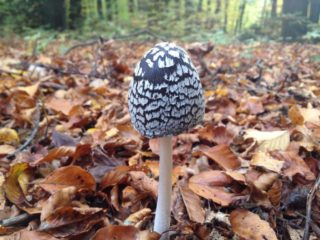Content
Among all the mushrooms, the snow-white dung beetle has a very unusual appearance and color. Almost every mushroom picker saw him. And, undoubtedly, he was interested in whether it can be eaten. Snow-white dung beetle (Latin Coprinopsisnivea), which should not be confused with white dung beetle (Latin Coprinuscomatus), is inedible. It is forbidden to eat it, since toxic substances are present in the composition of the fruiting body.
Where does the snow-white dung beetle grow
He prefers well-moistened areas with loose soil saturated with organic matter. Grows on horse manure or near it. It can be found in meadows and pastures, in old greenhouses, basements, overgrown flower beds and lawns. It grows even near high-rise buildings and in stadiums. The main condition is that there is sunlight, interspersed with shadow, and enough moisture.
It has become widespread throughout the Eurasian continent; you can also find it in North America, Africa and Australia.
By its nature, the snow-white dung beetle is a saprophyte. Favorite food sources are substances found in rotten wood, humus and other waste. It can often be seen near manure heaps and compost pits. It is for this feature that the mushroom received such an unusual name.
What does a snow-white dung beetle look like?
The hat resembles a spindle in shape and is covered with thin scales. Visually, they look like a thick fringe. The average size of the cap is 3-5 cm. In a mature specimen, it eventually becomes like a bell. Its color is white with a mealy bloom.
When the snow-white dung beetle grows old, special substances are actively produced that make the cap darker. This happens gradually. Initially, the color changes the edges, and then the entire hat slowly takes on an ink shade. The pulp remains white. It has no specific smell. The plates also change their color over time: from a pale pink to almost black. The leg has a cylindrical shape, 5-8 cm long and 1-3 mm in diameter, white, with a mealy bloom, swollen at the base. Inside it is hollow, but outside it is velvety to the touch.
The period of appearance of these mushrooms is quite long - from May to October. Especially a lot of them appear after rain, grow in groups.
Is it possible to eat snow-white dung beetle
Snow-white dung belongs to the group of inedible mushrooms. And although it beckons with its appearance, it is better to bypass it. And all this is due to the presence of tetramethylthiuram disulfide in the composition. This highly toxic substance can lead to negative consequences. Also, according to studies, it has been proven that it is the snow-white species that is a hallucinogen.
In case of poisoning, the following symptoms may occur:
- dizziness;
- nausea;
- intense thirst;
- diarrhea;
- abdominal pain.
These are the first signs in which you should immediately consult a doctor.
Similar species
The snow-white dung beetle has no twins.However, there are similar species with which it can be confused due to inexperience.
Such mushrooms resemble a snow-white appearance:
- Flickering dung. He has an ovoid cap, dotted with thin grooves. It is covered with beige-brown scales. The size of the cap is from 1 to 4 cm. You can meet this variety near dried rotten stumps. It is classified as a conditionally edible mushroom of the 4th category. Only young specimens can be eaten. When they begin to darken even a little, they become toxic to the body.
- Willow dung. The color is gray, only on the tops there are small brownish specks. The grooves are pronounced on the cap. Its size is from 3 to 7 cm. The edges are serrated, in old ones they are split. Young specimens are covered with white bloom. The plates are fragile. The young ones are white, the old ones are dark. The leg can reach 10 cm, it is widened at the base, smooth to the touch. This species is inedible.
- The dung is resinous. It features an egg-shaped hat, which later takes on the appearance of a summer panama hat. Its diameter in an adult specimen can reach 10 cm. In a young fungus, it is covered with a white veil, as it grows, it breaks into separate scales. The surface itself is dark, almost black. The leg has a light color and is covered with a specific bloom. Its shape is cylindrical, the top is narrower than the bottom. Hollow in the middle. The leg can reach a height of 20 cm. A strong unpleasant odor emanates from the mushroom. Cannot be eaten.
- The manure is folded. The surface of the cap is gathered in small folds (like a pleated skirt). Its surface is light brown in young specimens, and grayish brown in older specimens. This variety has a very thin cap. Over time, it opens up and becomes like an umbrella. The leg can be up to 8 cm in height, while its diameter does not exceed 2 mm. This species is inedible and “lives” for only 24 hours.
- The dung beetle is gray. The cap is fibrous, the scales have a grayish tint. They quickly darken and blur. In young specimens, the cap is ovoid, in old specimens it is broadly bell-shaped with cracked edges. The plates are wide white; as the mushroom matures, they change color from white to black. The leg is hollow, white, brown at the base, can reach a height of 20 cm. This species is conditionally edible.
Conclusion
Snow-white dung beetle has an unusual appearance and a strange name. Despite its original appearance, it is not edible. The use of this mushroom is fraught with negative consequences, therefore, when hunting quietly, you should bypass it. But everything in nature is interconnected, so this species is also an important link in the ecosystem.
